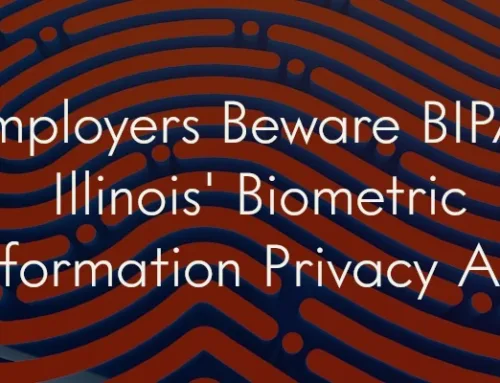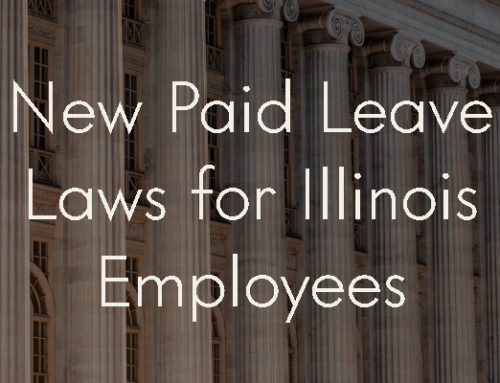This is the final post in our series about trademarks, “Trademarks: Knowing When to Get One and How to Protect One.”
I have a trademark. How do I protect it?
Once you have a trademark, you still need to protect it by (1) preventing loss of the trademark and (2) watching out for other use of the mark.
First, trademark rights can be lost when the owner stops using the mark, or if the owner keeps using the mark but the mark has become generic. If you want to keep the rights to your trademark, it is important to continue using it, and only for what it was originally trademarked for.
Second, you want to protect your trademark from use by others. This is where registering comes in handy. If you register your trademark, it is easily searchable at the US Patent and Trademark Office website. Therefore, it is much more likely that people will know about your trademark. Another way to show that you have a trademark is using the ™ symbol next to your trademark. Other ways to signal a trademark are to use your trademark in all capitals or quotations. For example, if you have a trademark in the mark explanations for a book series, you might demonstrate it by writing it EXPLANATIONS books or “Explanations” books, which sets the word explanations apart from the words around it. Any way to signal to other people that you have a trademark helps you prevent other use and can help you if you have to go to court over the trademark.
Of course, before you can protect your trademark, you need to register it with the USPTO. G & G Law can help you get a trademark to insure the future of your business.
It is also important to watch out for other use of your trademark. Searching the internet for use of your trademark is one good way to keep an eye out. There are also attorneys that can advise you on the best places to look to protect your trademark or that can look for use of your trademark for you.
Once you have your trademark, protecting it is incredibly important. Other use of your trademark can cause damage to reputation, loss of customers, and even loss of trademark. If you can show ownership of prior, protectable trademark rights and a likelihood of confusion because of another’s similar mark, you may have a cause of action (Ty, Inc. v. Jones Group Inc.). If you do find that someone else is using your trademark, or a very similar one, it is very important to talk to an attorney to figure out what your rights are.




